How to Use Apache Iceberg in CDP’s Open Lakehouse
Cloudera
AUGUST 8, 2022
The general availability covers Iceberg running within some of the key data services in CDP, including Cloudera Data Warehouse ( CDW ), Cloudera Data Engineering ( CDE ), and Cloudera Machine Learning ( CML ). Cloudera Data Engineering (Spark 3) with Airflow enabled. Cloudera Machine Learning .



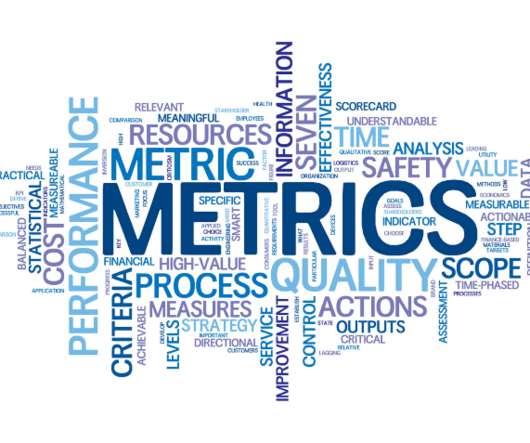

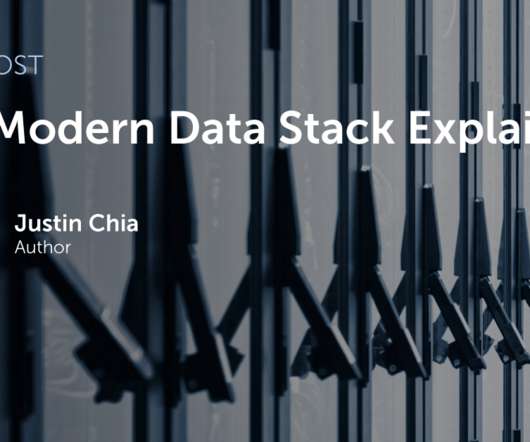




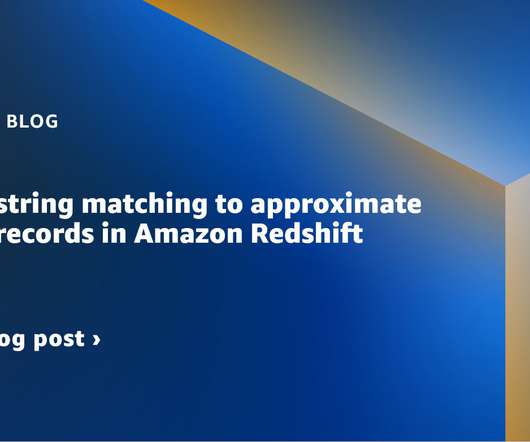

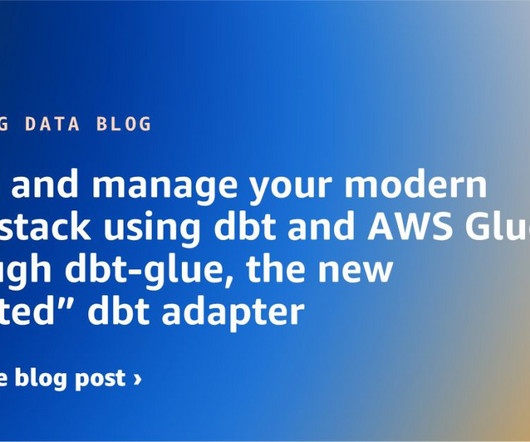
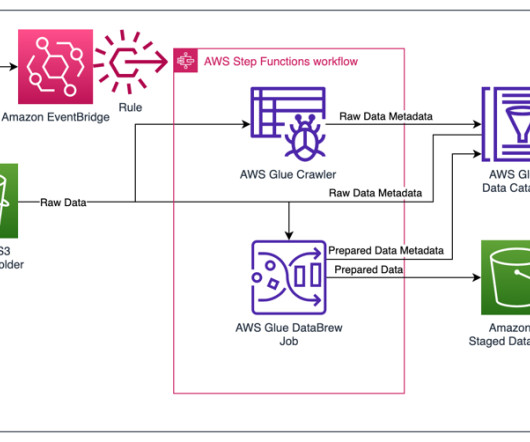
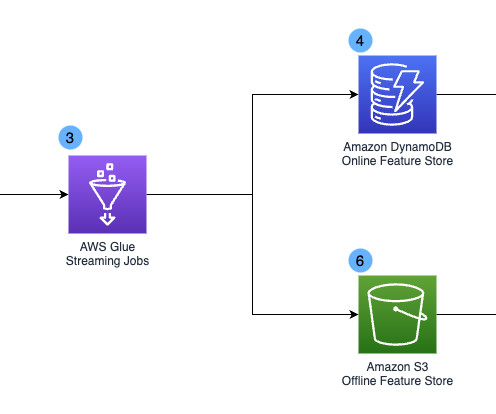








Let's personalize your content